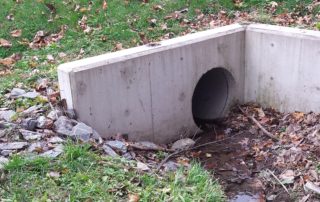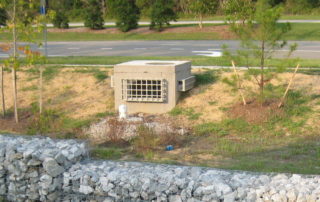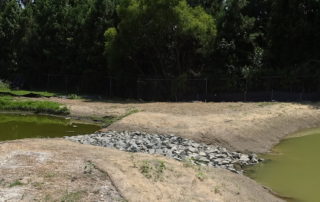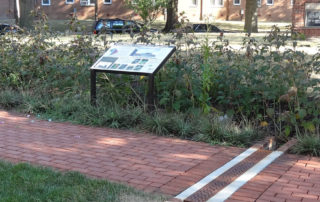Innovative Stormwater Management in the District of Columbia
The Center for Watershed Protection (the Center) has been helping the District of Columbia stay up-to-date on stormwater management standards for over 20 years. The Center first assisted the District in 1999, with revisions to their draft Stormwater Guidebook, which dated back to 1994. The new guidebook contained what at the time were innovative new sizing criteria for water quality, overbank flood control, and extreme flood control for new development. In 2013, the Center worked with the District Department of Energy and the Environment (DOEE) to again revise their Stormwater Management Guidebook. This time, the update focused on how to [...]









